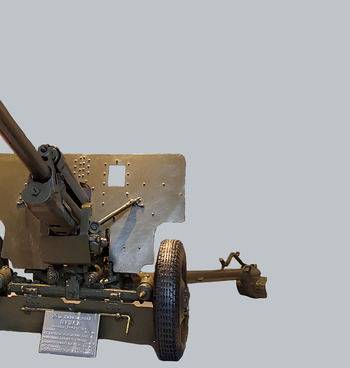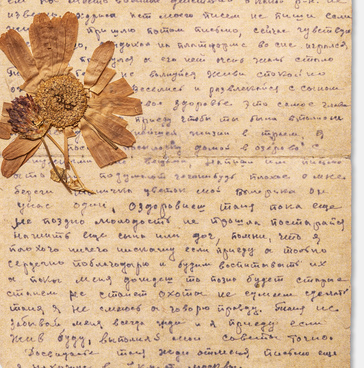The SN-42 steel breastplate was a Soviet individual protective device of the Great Patriotic War era. It consisted of two metal plates with a thickness of 2 millimeters, shaped to cover the chest and abdomen; it weighed 3.5 kilograms. The plates were held on special adjustable straps.
In the USSR in the early 1930s, as new metallurgical plants were established, a real opportunity to produce domestic personal protective equipment for fighters appeared. The development was entrusted to the Central Institute of Metals of the People’s Commissariat of Heavy Industry of the USSR.
The idea was to reintroduce the trench body armor of the First World War, used by many armies. However, it was necessary to redesign it to adequately fit modern maneuver warfare of that time. The problem was dealt with by the 4th department led by Mikhail Ivanovich Koryukov.
The main designers were V.N. Potapov, A.N. Khazan, Z.I. Kovalevskaya, A.A. Onushenko, Z.S. Kaufman and Z.S. Zelikman. Already in the early autumn of 1938, the production sample received the working name “steel breastplate” and passed factory tests. Production of the pilot batch began at the Lysva Metallurgical Plant No. 700 of the People’s Commissariat of Ferrous Metallurgy.
The SN-42 models were preceded by others: SN-38, SN-39, SN-40, and SN-40A. The differences were in the thickness of the armor panels, the weight, bullet resistance, shape and number of steel plates. It was the lightweight SN-42 that went into mass production. As a result, it became the most famous breastplate of the Red Army.
From 1942, the steel breastplate was supplied to the troops. The SN-42 was widely used in assault engineering and sapper brigades that received them as standard issue equipment. In total, during the Great Patriotic War, according to the Small Arms Scientific Research Range, it was possible to produce about 300,000 armored breastplates of various modifications.
Assessments of the breastplate by front-line soldiers were ambiguous. It proved itself well in street battles during the storming of cities and in hand-to-hand combat. At the same time, in the field, assault brigades often had to move crawling low on the ground, and the breastplates became a hindrance. After the war, the body armor of the 1942 model was replaced by the SN-46 steel breastplate.


